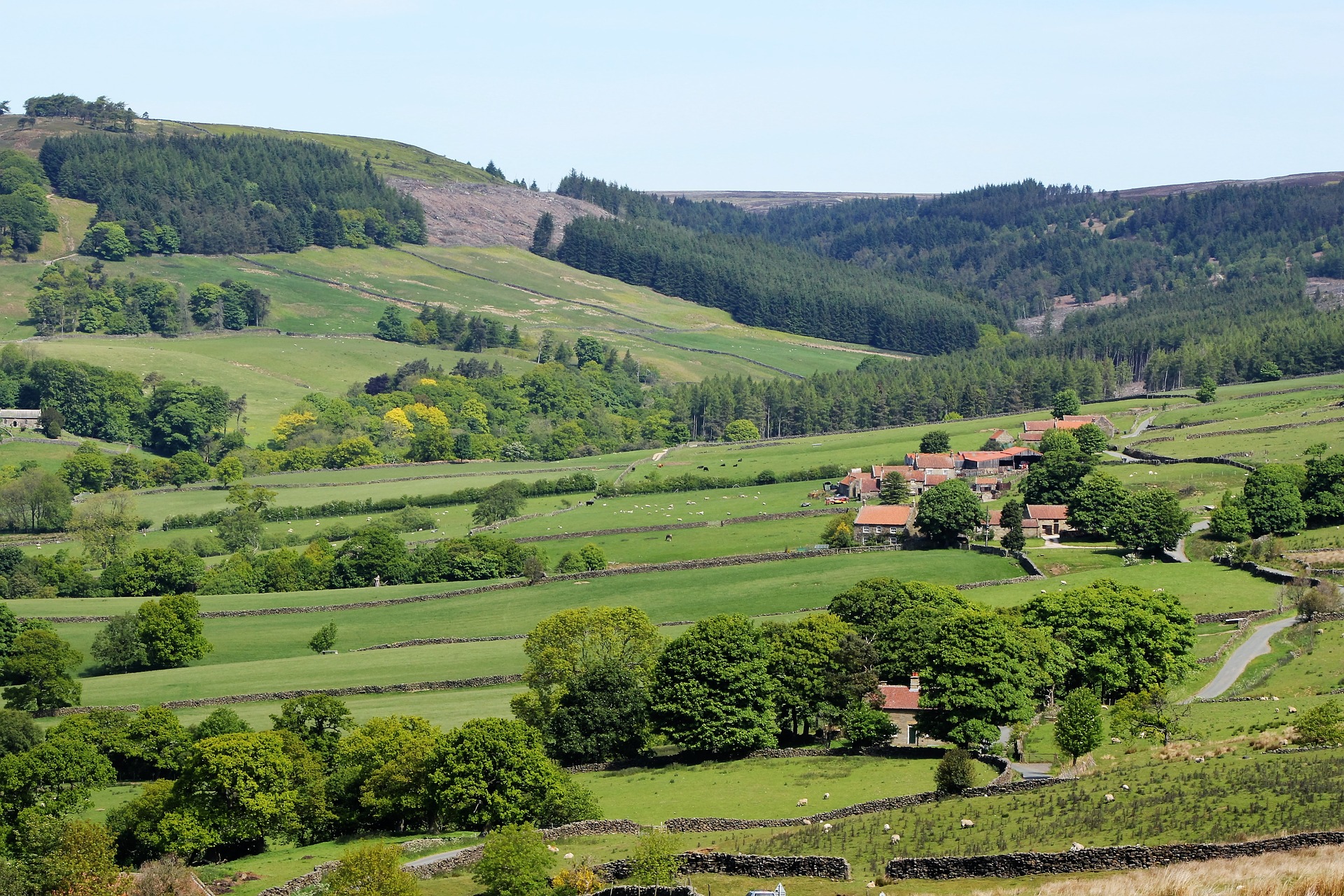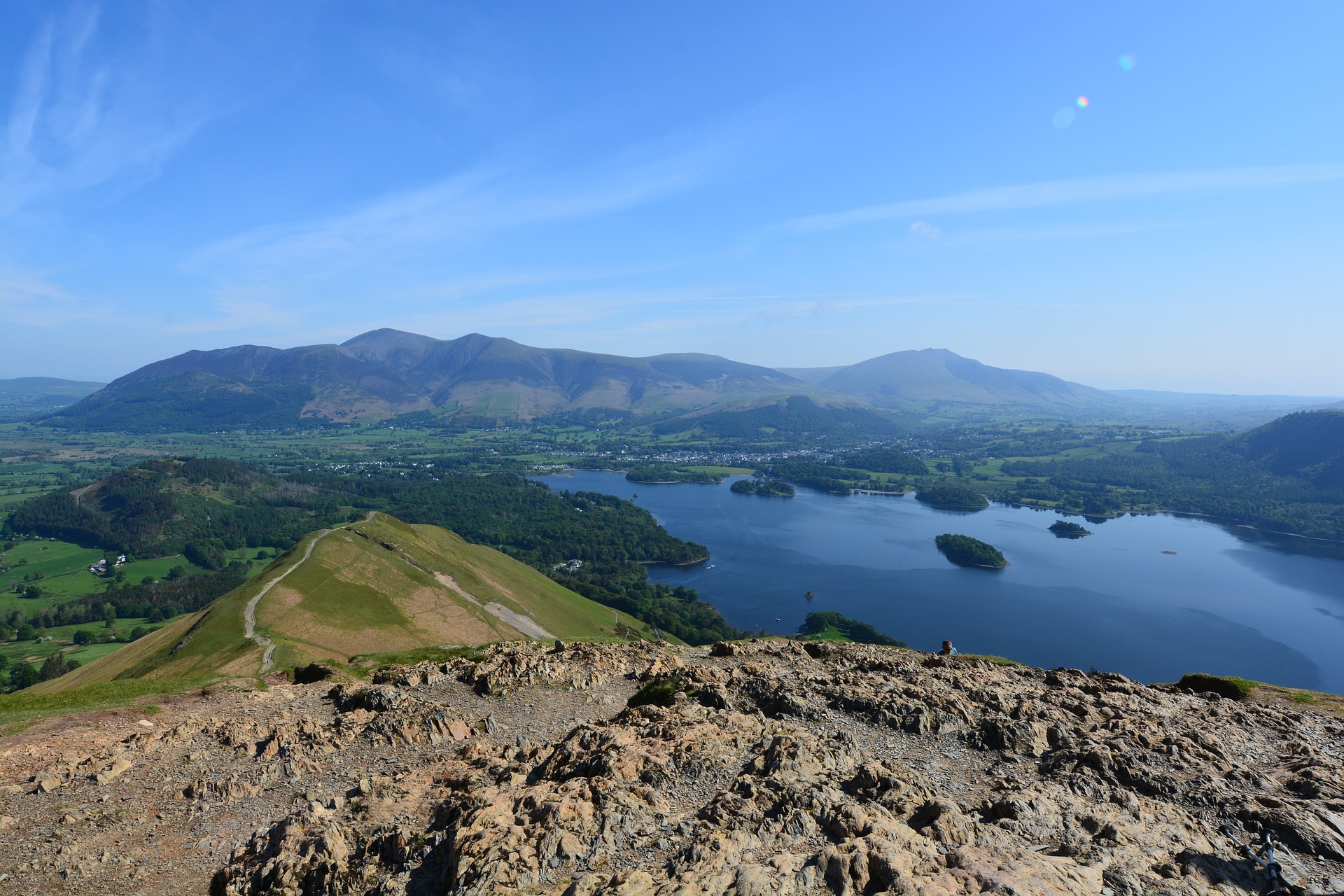Michael Gove’s aptly timed launch of the National Parks review in late May is a step in the right direction for UK environmental commitments – but will key issues be addressed and how well will it pack a punch? Helen Currie, our policy intern and PhD student at the University of Southampton discusses.
The 1949 post-war National Parks and Access to the Countryside Act gave rise to the areas of conserved and enhanced natural beauty as we know them today. Charged with the Parks’ protection of wildlife and cultural heritage, each designated area to this day is supervised by an individual National Park Authority. Farms, villages and towns where people live and work are safeguarded to ensure the social and economic wellbeing of ensconced communities.
Today the UK is home to 15 National Parks with a total population of approximately 447 000 people, contributing an estimated £2.4 billion a year to the economy.

Why the review?
In the wake of ever increasing human induced pressures – including climate change – Parks are facing very different challenges from when they were initially formed. The UK’s current political climate combined with future uncertainty surrounding land management and damaging development policies are very real concerns.
Brexit does, however, provide a moment to invest in large-scale ecological planning, with a review highlighted as one of the key promises within Defra’s recently published 25 Year Environment Plan (25YP). The review will look to consider the expansion of England’s 10 National Parks and network of 34 Areas of Outstanding Natural Beauty (AONBs).
So who exactly has been allocated this paramount task?
Julian Glover OBE – an English journalist and speechwriter sporting an impressive CV. While perhaps not the first person to spring to mind, Glover’s penchant for evoking passion within his work may just be what is needed to ensure key arguments are palatable and accessible to both policymakers and the general public alike. Supported by an advisory panel with a wealth of expertise in the field – there is scope for real impact.
What is required?
The 25YP includes goals based on the 2010 Lawton Review which looked to help nature continue to thrive, even under damaging man-made conditions. NCI recently supported development of policy direction paper published in the Journal of Applied Ecology (2018), it stressed that wildlife sites need to be “better”, “bigger”, “more”, and “joined” to allow for development of resilient ecological networks.
Environmental and conservational action takes time. There is need for continual long-term planning and monitoring, as opposed to shorter-term schemes in-line with government cycles which do not allow for realistic timeframes to assess change in nature. Coupled with this, the UK must have a legalised framework of environmental standards which are adhered to, or answered for, if breached – for example, environmental harm as a result of poor air quality levels.
National Parks and AONBs provide distinctive opportunities for visitors to learn about, experience and enjoy unique areas of biodiversity. Let’s not forget, though, that human imposed legal boundaries are not adhered to by nature. NCI recognises nature as a complex interconnected system and therefore land and water management practices must be better integrated via a wholescape thinking approach – it is vital we not only consider protections beyond the realms of already designated spaces, but also endeavour to better protect and allow wildlife to adapt within them.
So where do we go from here?
None of this, of course, will happen overnight. National Park designation can take years, even decades due to varying opposition – and expansion no less could see similar paths of resistance. Previous delays have occurred in response to concerns surrounding economic development, land management practices and planning policies, all which may affect local communities.
It is vital we understand the importance of National Parks and AONBs for both people and nature. Current economic models must better consider natural capital, and the ecosystem services provided to us by biodiversity. These fundamental public goods underpin the health and wellbeing of society, and our economy. Any future strategy must recognise that our social and economic systems hang in the balance, with nature as our supporting lifeline – not the reverse.

